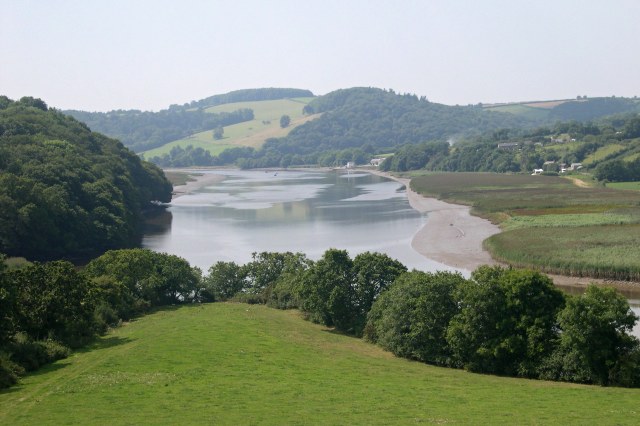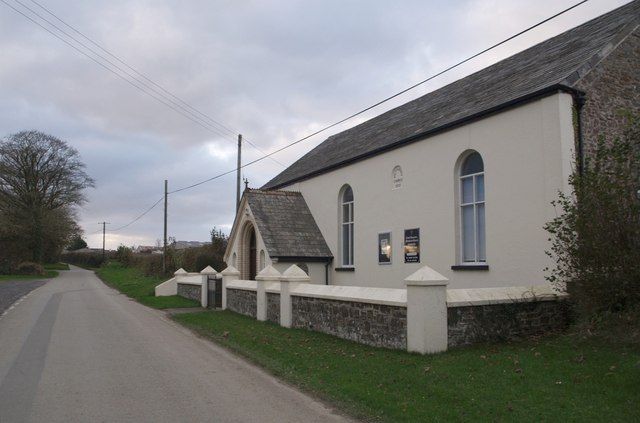|
River Deer
The River Deer is river in Devon, a tributary of the River Tamar, joining it at North Tamerton. Toponymy The root of the name is uncertain, since no early forms have been found (in 1929 to 1931 ''Deer'' is used in Moore's ''History of Devonshire''). A suggested back-formation is from Derriton, perhaps supported by ''aqua de Dyraton'' from 1282 in the Assize Rolls. References {{authority control Deer Deer or true deer are hoofed ruminant mammals forming the family Cervidae. The two main groups of deer are the Cervinae, including the muntjac, the elk (wapiti), the red deer, and the fallow deer; and the Capreolinae, including the reindeer ... Tamar catchment ... [...More Info...] [...Related Items...] OR: [Wikipedia] [Google] [Baidu] |
Devon
Devon ( , historically known as Devonshire , ) is a ceremonial and non-metropolitan county in South West England. The most populous settlement in Devon is the city of Plymouth, followed by Devon's county town, the city of Exeter. Devon is a coastal county with cliffs and sandy beaches. Home to the largest open space in southern England, Dartmoor (), the county is predominately rural and has a relatively low population density for an English county. The county is bordered by Somerset to the north east, Dorset to the east, and Cornwall to the west. The county is split into the non-metropolitan districts of East Devon, Mid Devon, North Devon, South Hams, Teignbridge, Torridge, West Devon, Exeter, and the unitary authority areas of Plymouth, and Torbay. Combined as a ceremonial county, Devon's area is and its population is about 1.2 million. Devon derives its name from Dumnonia (the shift from ''m'' to ''v'' is a typical Celtic consonant shift). During the Briti ... [...More Info...] [...Related Items...] OR: [Wikipedia] [Google] [Baidu] |
River Tamar
The Tamar (; kw, Dowr Tamar) is a river in south west England, that forms most of the border between Devon (to the east) and Cornwall (to the west). A part of the Tamar Valley is a World Heritage Site due to its historic mining activities. The Tamar's source is less than from the north Cornish coast, but it flows southward and its course runs across the peninsula to the south coast. The total length of the river is . At its mouth, the Tamar flows into the Hamoaze before entering Plymouth Sound, a bay of the English Channel. Tributaries of the river include the rivers Inny, Ottery, Kensey and Lynher (or ''St Germans River'') on the Cornish side, and the Deer and Tavy on the Devon side. The name Tamar (or Tamare) was mentioned by Ptolemy in the second century in his ''Geography''. The name is said to mean "great water."Furneaux, Robert. The Tamar: A Great Little River. Ex Libris Press. 1992. Foot, Sarah. ''The River Tamar''. Bossiney Books. 1989.Neale, John. Discovering ... [...More Info...] [...Related Items...] OR: [Wikipedia] [Google] [Baidu] |
North Tamerton
North Tamerton ( kw, Tre war Damer) is a village and civil parishes in England, civil parish in east Cornwall, England, UK. The village is situated approximately eight miles (13 km) southeast of Bude and eight miles (13 km) north of Launceston, Cornwall, Launceston.Ordnance Survey: Landranger map sheet 190 ''Bude & Clovelly'' Geography North Tamerton is a thinly populated rural parish and the only village is North Tamerton itself, the other settlements being farmsteads and hamlets. It came within the Hundreds of Cornwall, hundred, and later the registration district, of Stratton, Cornwall, Stratton. It is bounded to the east by the River Tamar which for much of its length delineates Cornwall's border with Devon, but here Cornwall extends across the river making North Tamerton the only parish in Cornwall which includes land east of the Tamar. [...More Info...] [...Related Items...] OR: [Wikipedia] [Google] [Baidu] |
Back-formation
In etymology, back-formation is the process or result of creating a new word via inflection, typically by removing or substituting actual or supposed affixes from a lexical item, in a way that expands the number of lexemes associated with the corresponding root word.Crystal, David. ''A Dictionary of Linguistics and Phonetics, Sixth Edition'', Blackwell Publishers, 2008. The resulting is called a ''back-formation'', a term coined by James Murray in 1889. (''Oxford English Dictionary Online'' preserves its first use of 'back-formation' from 1889 in the definition of ''to burgle''; from ''burglar''.) For example, the noun ''resurrection'' was borrowed from Latin, and the verb ''resurrect'' was then back-formed hundreds of years later from it by removing the ''-ion'' suffix. This segmentation of ''resurrection'' into ''resurrect'' + ''ion'' was possible because English had examples of Latin words in the form of verb and verb+''-ion'' pairs, such as ''opine/opinion''. These became ... [...More Info...] [...Related Items...] OR: [Wikipedia] [Google] [Baidu] |
Assize Rolls
The courts of assize, or assizes (), were periodic courts held around England and Wales until 1972, when together with the quarter sessions they were abolished by the Courts Act 1971 and replaced by a single permanent Crown Court. The assizes exercised both civil and criminal jurisdiction, though most of their work was on the criminal side. The assizes heard the most serious cases, which were committed to it by the quarter sessions (local county courts held four times per year), while the more minor offences were dealt with summarily by justices of the peace in petty sessions (also known as magistrates' courts). The word ''assize'' refers to the sittings or sessions (Old French ''assises'') of the judges, known as "justices of assize", who were judges who travelled across the seven circuits of England and Wales on commissions of "oyer and terminer", setting up court and summoning juries at the various assize towns. Etymology Middle English < |
Rivers Of Devon
A river is a natural flowing watercourse, usually freshwater, flowing towards an ocean, sea, lake or another river. In some cases, a river flows into the ground and becomes dry at the end of its course without reaching another body of water. Small rivers can be referred to using names such as creek, brook, rivulet, and rill. There are no official definitions for the generic term river as applied to geographic features, although in some countries or communities a stream is defined by its size. Many names for small rivers are specific to geographic location; examples are "run" in some parts of the United States, "burn" in Scotland and northeast England, and "beck" in northern England. Sometimes a river is defined as being larger than a creek, but not always: the language is vague. Rivers are part of the water cycle. Water generally collects in a river from precipitation through a drainage basin from surface runoff and other sources such as groundwater recharge, springs, a ... [...More Info...] [...Related Items...] OR: [Wikipedia] [Google] [Baidu] |



